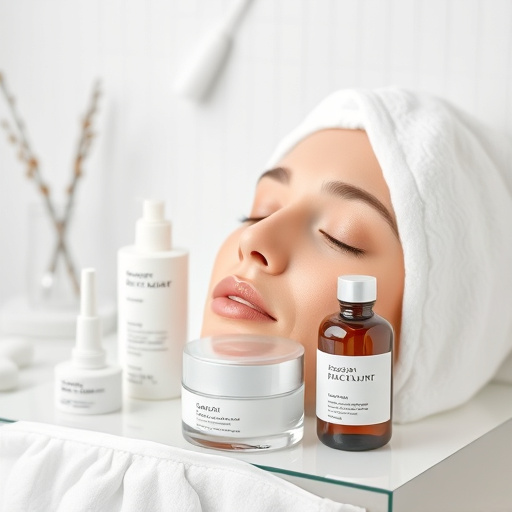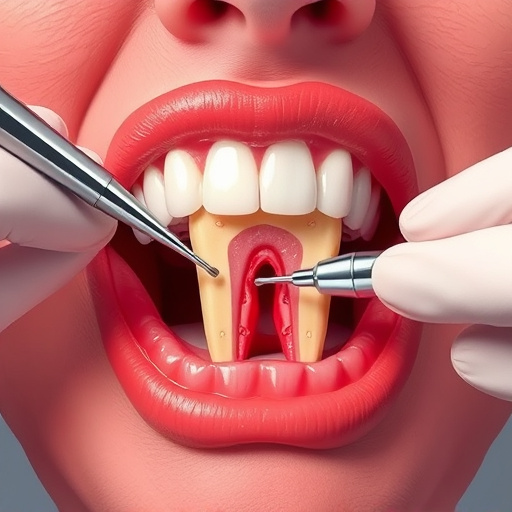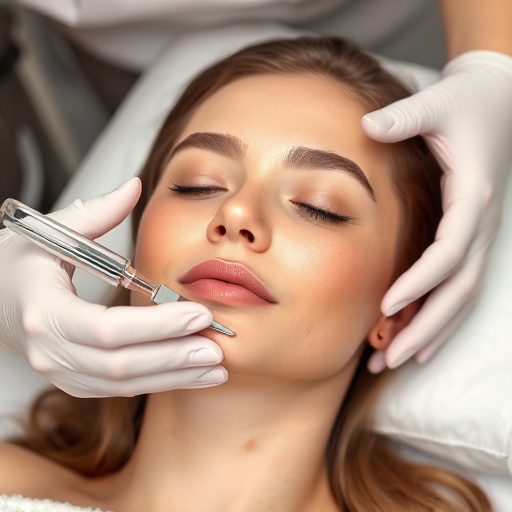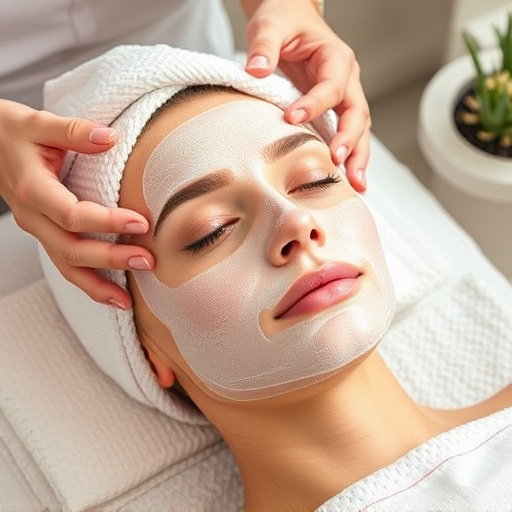Melasma, caused by hormonal changes, sun exposure, and environmental factors, can be treated through personalized aesthetic routines and professional procedures. Topical treatments like hydroquinone and sunscreen are key, alongside skincare adjustments. Advanced melasma treatment options include chemical peels, laser therapy, and microneedling for severe cases resistant to home care.
Melasma, often called the ‘mask of pregnancy,’ is a common skin condition characterized by dark patches on the face. In this comprehensive guide, top dermatologists share their expertise on effective melasma treatment. We delve into understanding the causes and triggers, exploring topical treatments and optimized skincare routines. For advanced cases, we highlight professional procedures that can significantly improve appearance. Discover evidence-based strategies to manage and reduce melasma, empowering you with knowledge for clearer, brighter skin.
- Understanding Melasma: Causes and Triggers
- Topical Treatments and Skin Care Routines
- Professional Procedures for Advanced Cases
Understanding Melasma: Causes and Triggers

Melasma is a common skin condition characterized by dark patches on the face, often appearing on the forehead, cheeks, and upper lip. Understanding its causes and triggers is essential for effective melasma treatment. This skin discoloration typically develops due to hormonal fluctuations, making it prevalent in women during pregnancy or while taking contraceptives. Sun exposure is another significant factor; prolonged UV radiation can lead to an overproduction of melanin, exacerbating the condition.
Various environmental factors and certain medical conditions can also act as triggers. For instance, stress, rapid weight loss or gain, and specific skin care routines can contribute to melasma. Even some cosmetic procedures like laser therapy or facial surgeries might make it worse. Knowing these causes and triggers is crucial for patients seeking melasma treatment, as it helps dermatologists recommend tailored aesthetic treatments, such as chemical peels or medical spa services, to address the condition effectively.
Topical Treatments and Skin Care Routines

Melasma treatment begins with a solid understanding of topical treatments and establishing an effective skincare routine. Dermatologists recommend using products that contain active ingredients like hydroquinone, tretinoin, or corticosteroids to lighten the discolored patches associated with melasma. These ingredients help inhibit melanin production, which can fade the appearance of dark spots over time.
Incorporating a consistent skin care routine is another vital step in melasma treatment. This involves gently cleansing the face daily, using a mild cleanser to avoid irritation. Moisturizing is also crucial; selecting a moisturizer suited for sensitive skin can help soothe and hydrate the complexion without exacerbating melasma. Additionally, protecting the skin from the sun is essential; wearing broad-spectrum sunscreen with an SPF of 30 or higher every day provides a protective barrier against UV rays, which can trigger or worsen melasma. Some dermatologists also suggest incorporating medical spa services like microneedling therapy to stimulate collagen production and enhance overall skin rejuvenation.
Professional Procedures for Advanced Cases

For advanced cases of melasma that don’t respond to at-home care or lifestyle changes, professional procedures can offer significant improvements. Dermatologists often recommend a combination of targeted treatments tailored to the severity and underlying causes of the condition. Chemical peels, for instance, use specialized chemicals to exfoliate the skin, reducing the appearance of dark patches. Laser therapy is another effective option, utilizing specific wavelengths to target melanin production while minimizing damage to surrounding skin.
Advanced aesthetic treatments like microdermabrasion and intense pulsed light (IPL) can also be beneficial. Microdermabrasion gently sands away surface layers to reveal smoother, brighter skin, while IPL therapy uses pulses of light energy to break up excess melanin. Customized facials that incorporate specialized actives and advanced techniques can further enhance results, addressing specific concerns related to melasma such as texture, tone, and inflammation.
Melasma, often referred to as ‘mask of pregnancy,’ can be a concern for many. However, with understanding its causes and triggers, along with adopting effective skin care routines and exploring professional procedures, it’s manageable. Top dermatologists recommend a combination of topical treatments, consistent sun protection, and targeted therapies for optimal melasma treatment. Regular maintenance and patience are key to achieving clear, radiant skin.














